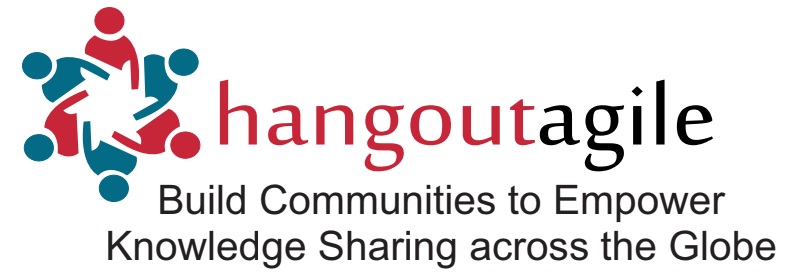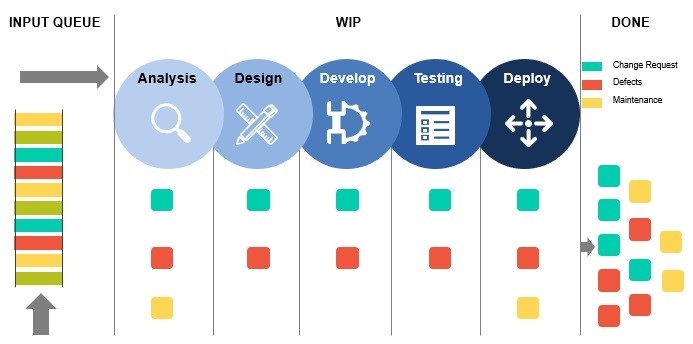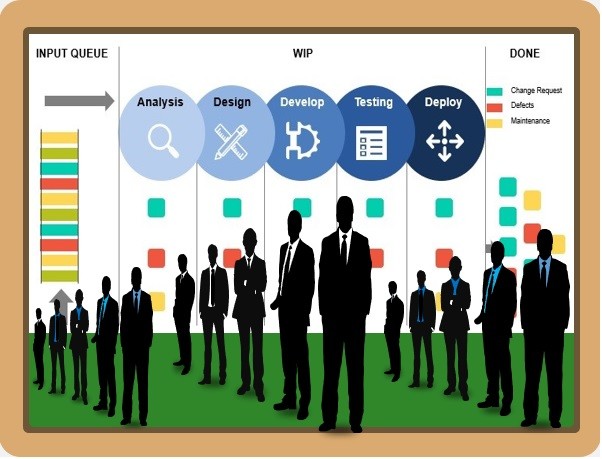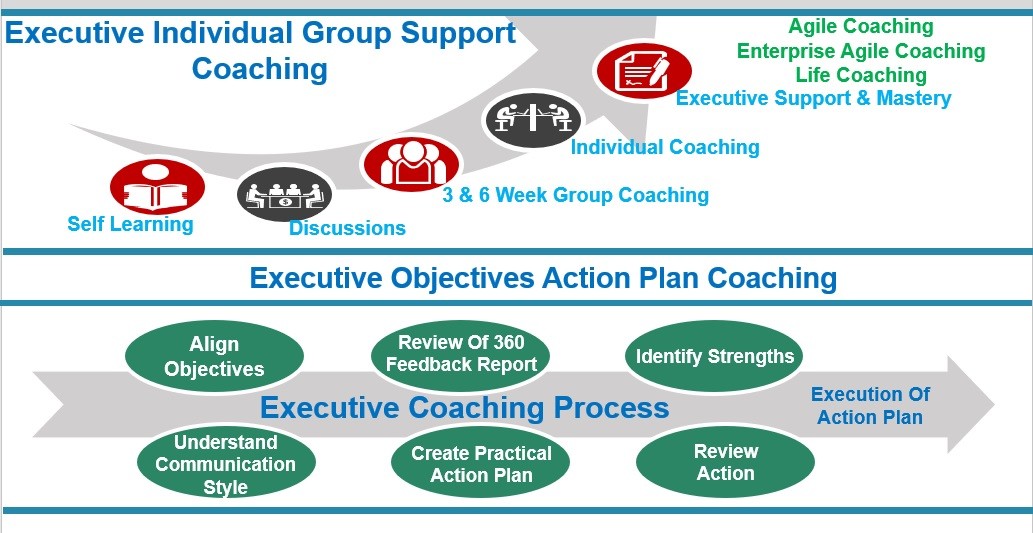Kanban:
Kanban (看板) translates to “billboard” or “signboard” in Japanese, and was originally developed by Toyota in the 1940’s.
Toyota found a better engineering process from an unlikely source: the grocery store. They noticed that store manager restocked a grocery item by their store’s inventory, not their vendor’s supply.
Only when an item was near sellout did the clerks order more. The grocers’ “just-in-time” delivery process sparked Toyota engineers to rethink their methods and pioneer a new approach—a Kanban system—that would match inventory with demand and achieve higher levels of quality and throughput.
So how do we do all these?
In simplest terms, by better communication through centralized visual board.
The system’s highly visual nature allowed teams to communicate more easily on what work needed to be done and when. It also standardized queues and refined processes, which helped to reduce waste and maximize value.
A new application of Kanban emerged for knowledge work as early as 2005, and an inquisitive community formed in 2007 around the leadership of David J. Anderson & Team. Their resulting body of knowledge was influenced not only by the Toyota Production System but also by the work of management and statistics experts including W. Edwards Deming, Eliyahu Goldratt and other thought leaders.
Inspired by grocery stores, which only stock as much product as people need, Toyota’s manufacturing teams began using cards, or kanbans, to signal to other parts of the production line when they needed more parts.
This was part of a JIT (just in time) approach that allowed plants to create only as many parts as were needed at the time, and not waste resources by making extra.
Thought Leaders of Information Technology built on these ideas to create their own version of the Kanban system as part of the Agile Software Development.
When used by development teams, Kanban features a large backlog (list) of user stories that need to be addressed. Business owners/stakeholders are responsible for maintaining and prioritizing that list religiously, because it is the sole source of work for the developers.
When a team member is ready to work on a new story, they pull it from the backlog and into the “In Progress” column on the Kanban board. As the project progresses it moves across the board until it is completed.
Key Components of the Kanban System:
As with most Agile methodologies, Kanban is designed to make teams work better, and anything that isn’t working for your particular group should be up for change. But the core of Kanban is made up of these components:
- An extensive backlog of work. This is where new user stories get added by business owners, project managers, and anyone else who has a stake in deciding what work the team does.
- Columns and/or lanes through which stories move. This visualization of a story’s progress is a crucial part of the transparency that makes Kanban a great Agile option.
- Work in Progress (WIP) limits. Each column/lane has a limit, and once that limit is hit no new items can go into that lane until one is moved out. For example, if you have four stories that are “pending review” by an editor and your WIP limit for that lane is four, you can’t move any more content into that lane until one gets moved out.
- Continuous releases. There are no sprints in pure Kanban that require you to release a new iteration after a set period of time. Instead, Agile teams on the Kanban system release software or marketing projects as soon as they are completed.





